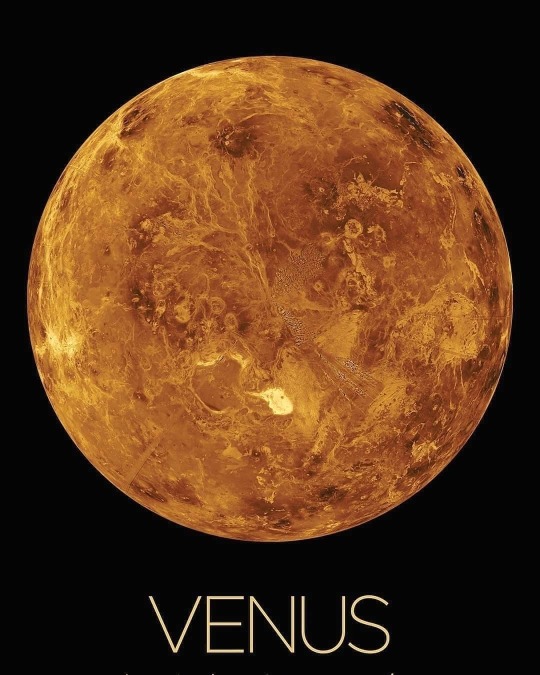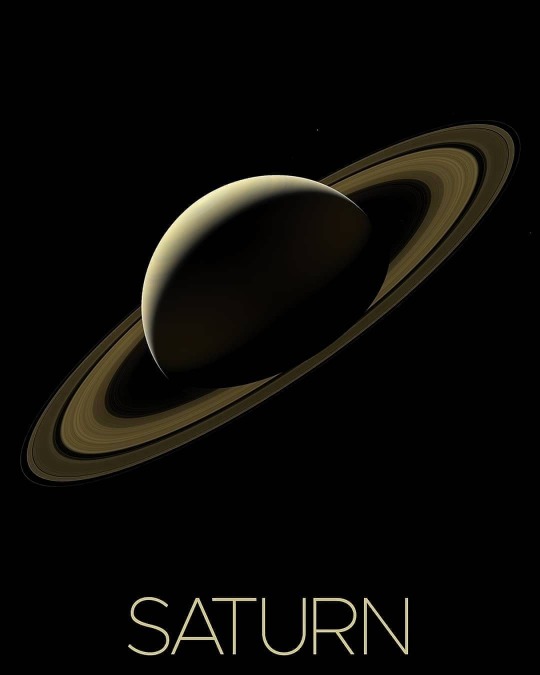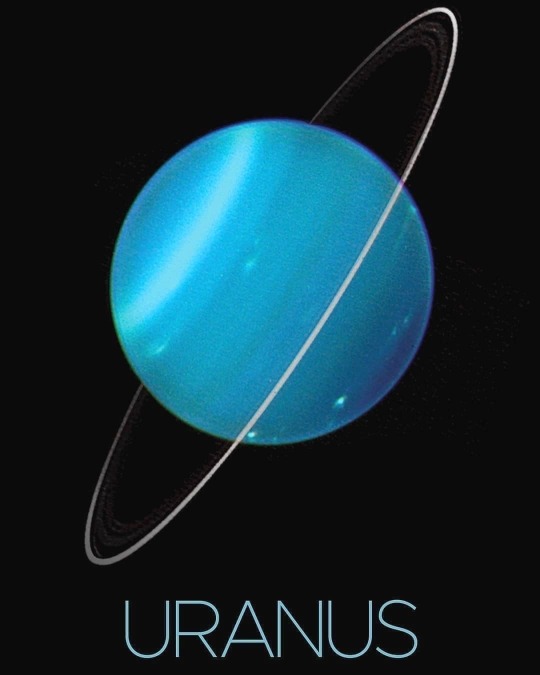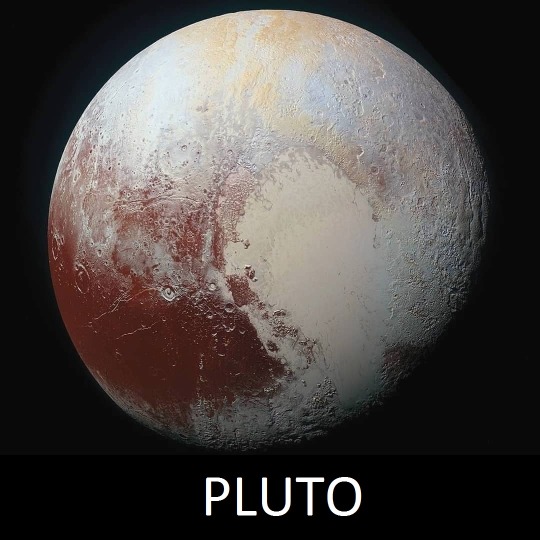Don't wanna be here? Send us removal request.
Photo










Which one is your favorite?
Photo credit: NASA
via voyager_of_cosmos
12K notes
·
View notes
Link
0 notes
Photo

Web Design Trends to Expect This 2016 #Infographic
74 notes
·
View notes
Photo

via Richard Green on Google+
A Friedman number is a positive integer that can be written (non-trivially) using its own digits, together with parentheses and the operations of addition, subtraction, multiplication, division and exponentiation. An example of a Friedman number is 1395, because we can write 1395 = 15 x 93, and the digits on each side of the equation are the same, even if they do not appear in the same order. If a Friedman number has the extra property that the digits in the formula are used in the same order in which they appear in the number, then the Friedman number is called nice. The first six nice Friedman numbers are shown in the picture. For example, both sides of the equation 343 = (3+4)^3 have digits that appear in the same order, and this means that the Friedman number 343 is “nice”. Friedman numbers are named after Erich Friedman, who introduced them in August 2000. He has written a web page about them at http://www2.stetson.edu/~efriedma/mathmagic/0800.html. From the tables on that page, we see that there are only 72 Friedman numbers among the first 10,000 natural numbers, and that 14 of these 72 numbers are nice. This makes it sound as if Friedman numbers might be somewhat rare, and perhaps that there are only finitely many of them. Surprisingly, this turns out not to be the case: Friedman numbers (meaning all of them, not just the nice ones) exist in abundance. Let us define F(n) to be the number of Friedman numbers that are less than n. A theorem published by Michael Brand in 2013 proves that as n tends to infinity, the ratio F(n)/n tends to 1; in other words, the Friedman numbers have density 1. What this means is that if a very large integer is chosen at random, it is almost certain to be a Friedman number. Brand’s proof is short (just over six pages) but it is not trivial. In the same paper, Brand also proves that the analogous result holds in any number base, not just base 10. A subsequent paper by Brand (http://arxiv.org/abs/1310.2390) shows that nice Friedman numbers also have density 1, at least if they are written in base 2, 3 or 4. However, the interesting case of nice Friedman numbers in base 10 remains open. Friedman’s web page mentions some other results that show how surprisingly common these numbers are. One of these is that there exist arbitrarily long strings of consecutive numbers all of which are Friedman numbers. For example, the number 250068 = 500^2 + 68 can easily shown to lie in a long consecutive string of Friedman numbers, and the same argument shows that one can find a Friedman number ending in any given string of digits, such as the digits “68”. The web page also discusses Friedman numbers in various other bases, as well as Friedman numbers in Roman numerals! It’s true: XCIV = C – V – I^X, because both sides are equal to 94. Relevant links Michael Brand’s paper “Friedman numbers have density 1” is online at http://www.sciencedirect.com/science/article/pii/S0166218X13002564, but I don’t know of an openly downloadable version of this paper. The On-Line Encyclopedia of Integer Sequences has more information on Friedman numbers at https://oeis.org/A036057
3K notes
·
View notes









